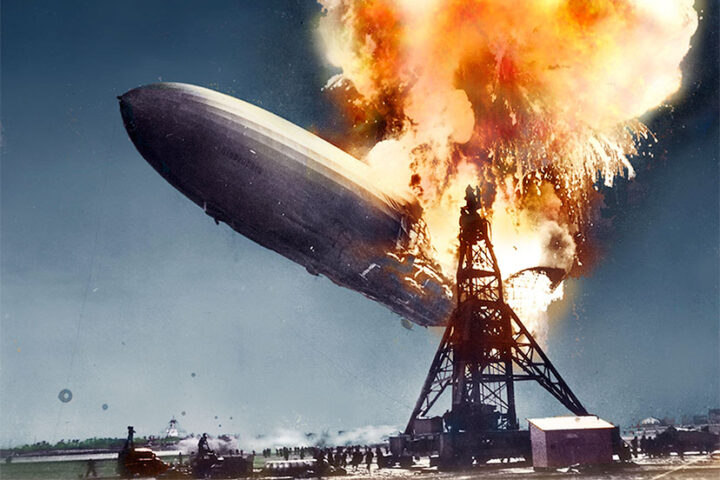According to people who pay attention to such things, the Chinese discovered a rare thing on the moon.
We have some rare things here in Pagosa Springs. A place to live, that a working family can afford, for example, is a rare thing. Employees, willing to work for local businesses and government agencies. Honest politicians. Those are rare things.
But what they found on the moon is pretty darn rare, especially down here on Planet Earth. If we are to believe the news reports from China, the Chinese lunar probe Chang’e-5 sent about 4 pounds of lunar dirt back to earth, which ought to keep their scientists busy for at least at few months. Hidden in the lunar dirt were some curious crystals, unlike any you would find at the Rainbow Gift Shop here in Pagosa — or anywhere on Earth, for that matter. The new mineral was named Changesite-(Y)… and why not? It was unearthed (or rather, unmooned) by the Chang’e-5 lunar probe, so the name is certainly appropriate.
Reportedly, Changesite-(Y) is a “columnar crystal with a radius of about 10 microns”. This is the first new mineral brought back to Earth since the Russian ‘Luna 24’ probe delivered its own lunar dirt back in 1976. Meaning that I’ve been waiting for this moment since I was 12 years old. (Except I didn’t know I was waiting for it.)
The new mineral is believed to be about 1 billion years younger than the ones retrieved by the U.S. and Russia during the 1970s. My news source didn’t explain why scientists believe they can tell the age of a newly-discovered columnar crystal with a radius of 10 microns, but scientists know how to figure that stuff out, thank goodness. Or at least, they believe they know how.
But that’s not all.
The Changesite-(Y) contained “traces of the element helium-3”.
Helium-3 is truly special, because it’s the only stable isotope with a nucleus containing more protons than neutrons. (Other than ordinary hydrogen-1, which as everyone knows, was responsible for the dreadful Hindenburg disaster.)
Scientists started getting really excited about the presence of helium-3 in the Changesite-(Y) crystals, because there used to be a lot of helium-3 here on Planet Earth, but it’s lighter than air — like regular helium-4 — and over the past 4 billion years or so, it somehow disappeared into outer space, never to be seen again. (You couldn’t see it in the first place, but you catch my drift.) Some scientists believe helium-3 would be the perfect fuel for a future nuclear ‘fusion’ reactor, because it would avoid the inconvenient side effect of turning the entire building and neighborhood into a radioactive wasteland.
Some of these same scientists believe helium-3 exists in abundance on the moon. (We have a lot of ‘believing’ going on, as you may have noticed.) A surprising number of online articles are now talking about ‘mining’ the minerals that will eventually be found on the moon.
Professor Ouyang Ziyuan, the chief scientist of the Chinese Lunar Exploration Program, recently claimed the moon is “so rich” in helium-3, that this could “solve humanity’s energy demand for around 10,000 years, at least.”
Just a couple of small problems. Earlier this year, the most successful fusion reactor I’ve heard about — located in the UK — produced 59 megajoules of energy, for five seconds. But operating it for five seconds required an input of 180 megajoules of energy, three times as much energy as was produced. So, some additional believing might be necessary.
Then we have the awkward fact that the helium-3 is on the moon, which is normally about 240,000 miles away, give or take 20,000 miles. So the cost of rocket fuel might present an issue.
Not everyone is in agreement that helium-3 will produce a safe fusion solution, however. In a 2007 article entitled “Fears over Factoids”, theoretical physicist Frank Close famously described the ‘safe fusion’ concept as “moonshine”. (Appropriately enough?)
But what I wonder about is, where the Chinese think they’re going to find employees willing to go to the moon and work? We can’t even get people to work at McDonald’s, and that’s right down the street.
It’s all well and good to talk about meeting humanity’s energy demand for around 10,000 years, at least. How about finding someone to flip burgers?
Underrated writer Louis Cannon grew up in the vast American West, although his ex-wife, given the slightest opportunity, will deny that he ever grew up at all. You can read more stories on his Substack account.

